Makkah: From Barren Land to Sacred Sanctuary
Across the vast sky and over the distant horizons, the city of Makkah lay bustling under the golden sunlight. It was a town woven with narrow alleys, expansive souqs, and tranquil villages arranged around a cubic structure at its heart. In front of a red agate stone known as Habul, a crowd had gathered, busy with their daily lives. A man stood observing the lively scene as people engaged in their trades—some selling fine foreign silks, precious stones, luxurious robes, cascades of slaves, and the succulent fruits of Arabia and lands beyond, while others watched in quiet observation.
The man stepped forward down the gentle slope of the hill, moving closer to a family absorbed in the world of their ancestors. This man was Muhammad, and the city was Makkah. But the story starts long before Islam’s rays illuminated the town, a time hidden in history—over 2000 years before Islam brought light to the darkened world.
Makkah, the city that would later embrace the Prophet Muhammad ﷺ , his message of Islam, and the revered verses of the Quran, was once the land of the heroes of Quraysh, the warriors of the Arabian deserts, and their legendary battles. Today, Makkah stands as home to two of the holiest places on earth. Its history stretches back to the era of Prophet Ibrahim (peace be upon him), a lineage that has gifted the world with countless stories and timeless legacies.
After being miraculously saved from the fire that his society had intended as punishment, Prophet Ibrahim (peace be upon him) was said to have journeyed to Palestine and then to Egypt. There, due to his wife Sarah’s inability to conceive, she suggested that he marry Hajar, a concubine from Egypt. In time, Hajar gave birth to Prophet Ismail (peace be upon him) .
However, when jealousy arose between Sarah and Hajar, Prophet Ibrahim (peace be upon him) was commanded to take Hajar and his young son to a barren land that would later become known in history as "Makkah." With only his faith to guide him, Prophet Ibrahim (peace be upon him) stood on a small hill and prayed: “Our Lord! I have settled some of my descendants in an uncultivated valley near Your sacred House, our Lord, so that they may establish prayer. So make hearts among the people incline toward them and provide for them from the fruits, so they may be grateful.” [Surah Ibrahim 14:37].
In response, Allah, the ultimate listener, provided them with the well of Zamzam, which would go on to quench the thirst of the Holy City.
Makkah was also known by other names, such as Al-Balad, meaning “the town,” and Baca, which translates to “weeping wall rocks” or “lack of stream,” fitting descriptions of what the city of light once was. Back then, it had no reliable source of vegetation or livelihood, only the cubic structure of the Kaaba, built by Prophets Ibrahim and Ismail (peace be upon them). This sacred house, surrounded by barren rocks and rugged hills, was the heart of the city’s appeal. People from across Arabia would visit and pay homage to it. The city and its sacred site were overseen by the Ishmaelites, who maintained it until they lost control of it for a time.
Arabia was initially dominated by the local Arab tribes known as the Amalik, originally nomads. They often clashed with other groups and, at one point, attacked the Ishmaelites. The Ishmaelites, who avoided violence, chose not to retaliate and were consequently expelled from the valley of Baca. Eventually, however, the Amalik were also driven out of Makkah, this time by the combined efforts of two native Arab tribes: the Jurhum and the Qatura. These tribes, unlike the Ishmaelites who had learned Arabic after settling in the region, spoke Arabic as their mother tongue.
In the divided governance of Makkah, disputes arose between Jurhum and Qatura, ultimately leaving Jurhum as the sole authority in the Holy City. To strengthen ties, they welcomed the Ishmaelites back through marriage alliances. For a time, peace flourished between the clans. However, as power grew, the Jurhum neglected their responsibilities and moral conduct deteriorated. Accounts mention transgressions such as immoral acts near the sanctuary, robbing pilgrims, imposing illegal taxes, and even looting valuable gifts placed near the Kaaba. Fearing divine punishment, the Jurhum leader, Mudad ibn Amer, hid these valuables near the sanctuary and fled to the valley of Abu Qubays around Makkah.
In the aftermath, signs of impending decline began to appear. The Zamzam well started to dry up, and the great dam of Saba in Yemen, an engineering marvel of the time, collapsed after years of neglect, forcing its inhabitants to flee. Many sought refuge in Makkah but were met with hostility from the Jurhum. The Ishmaelites chose to assist the refugees, leading to a clash with the Jurhum, who were decisively defeated. However, soon after, a pandemic spread among the newcomers, forcing many to leave Makkah.
In their absence, the Sabean tribe of Khuza’ah, allied with Luhayy, decided to settle in Makkah, marking the beginning of a prosperous era for the city.
Amr, the leader of the Luhayy tribe, was known for his extraordinary generosity. He personally ensured food for the poor, often sacrificing his own camels to provide for the pilgrims. However, his legacy is most remembered for a different reason: he is said to have been the first to introduce paganism to Makkah and bring idols into its sanctuary. It began when he received Hubal as a gift, an idol that was soon joined by hundreds of others, including Lat, Uzza, Manat, and Nesr, among many others.
The pilgrimage to Makkah became a ritual centred on idol worship. Visitors from all over Arabia came to pay homage, bowing before the idols and revering them in every possible way. They followed the elaborate rites and rituals established by the Luhayy, which were accompanied by festivals and gatherings, such as the famous Souq Okaz. This event showcased Arabic poetry, featuring four-syllable verses known as rajz and longer, elaborate qasidah that praised Arab bravery and valour in battle.
The Makkahns constantly recited and cherished their history; it was woven into the fabric of their daily lives. In this tribal society, one tribe stood out prominently—the Quraysh, the tribe of the Prophet Muhammad ﷺ . The earliest known member of the Quraysh was Zayd, better known as Qusayy. He was a pioneer in establishing an organised infrastructure in Makkah and played a crucial role in welcoming the Ishmaelites back to Makkah after a two-thousand-year exile.
After Qusayy’s death, leadership was divided between his sons, Hisham and Abd Shams. Hisham, who did not live to see his own son grow up, entrusted his brother Muttalib with the care of his son, who was living with his maternal relatives. Fulfilling his promise, Muttalib brought his nephew, Shaybah, back to Makkah. Mistaking him for a young servant of Muttalib, the people of Makkah referred to him as "Abd al-Muttalib," meaning "slave of Muttalib." History would remember him by this name.
Abd al-Muttalib inherited his uncle's responsibility of providing water for the pilgrims, a duty that led to his remarkable rediscovery of the long-lost Zamzam well beneath layers of sand. This rediscovery elevated his status, and his reputation for nobility and respect grew. Abd al-Muttalib was entrusted with tax collection, as well as the significant responsibility of maintaining the Kaaba and managing the income that flowed from it.
The nobility of the Kaaba and its powerful attraction for visitors began to stir jealousy among neighbouring rulers. Some attempted to build their own shrines to draw pilgrims, but these efforts were unsuccessful. The most ambitious of these was by King Abrahah of Sana’a, Yemen, who constructed an elaborate cathedral called Al-Qalis, filled with grand furnishings and statues, hoping to divert pilgrims from Makkah. However, despite his efforts, travellers continued to pass by on their way to the Kaaba.
Determined to destroy the Kaaba, Abrahah assembled a mighty army, including elephants imported from Abyssinia, and set out to conquer Makkah. But Allah had His own plan to protect His House. As Abrahah’s army approached the sanctuary, the elephants refused to move forward, turning instead to the east, west, or even backward. What followed was even more astonishing: the army was struck by a deadly affliction, possibly smallpox, that decimated their ranks. Finally, flocks of birds attacked, showering them with stones that proved fatal. This miraculous event came to be known as the “Year of the Elephant.”
Yet this year held another blessing—it marked the birth of Prophet Muhammad ﷺ . With his arrival, Makkah would never be the same. Islam was revealed, introduced, and preached in this sacred city, from which it would eventually spread across the world. And though the Prophet later left Makkah for the companionship of Medina on the night of the Hijra, he famously said, “O Makkah, I love thee more than the entire world, but thy sons will not let me live.”
Endnotes
Al-Tabari (1998) The History of Tabari, State University of New York
Abu Hasan Ali an-Nadawi (2014) Qisas an-Nabiyeen
Gerald R. Hawting (2007) The “Sacred offices” of Mecca from Jahiliyya to Islam
- E. Peters (2017) Mecca: A Literal History of the Muslim Holy Land
Karen Armstrong (1991) Muhammad: A Biography of the Prophet
Sayyid Abul Ala’a Mawdudi (2007) Towards understanding the Quran
Ziauddin Sardar (2014) Mecca; the sacred city
About author:
Mohammad Rifa’ath is a senior secondary final-year student at Sabeelul Hidaya Islamic College, Parappur.
Disclaimer
The views expressed in this article are the author’s own and do not necessarily mirror Islamonweb’s editorial stance.

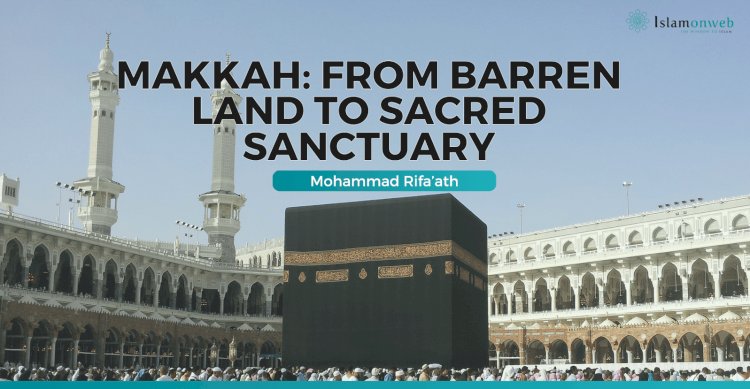


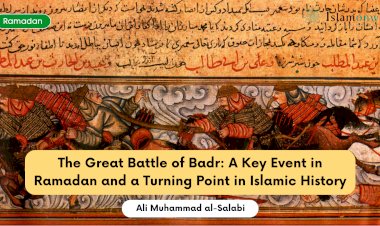
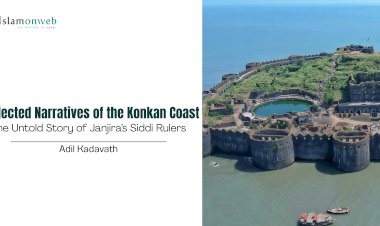
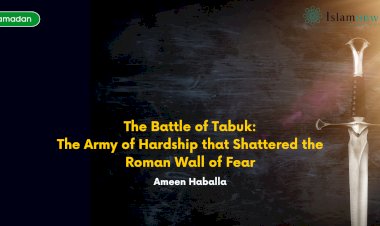
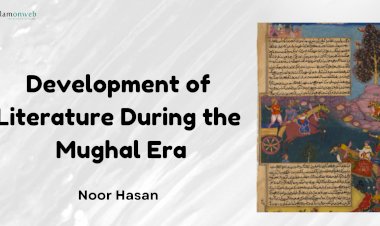
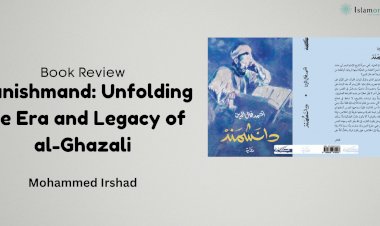
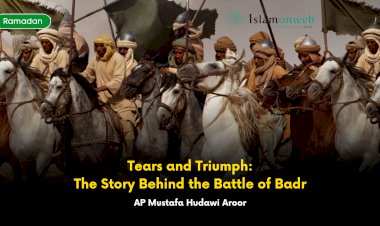










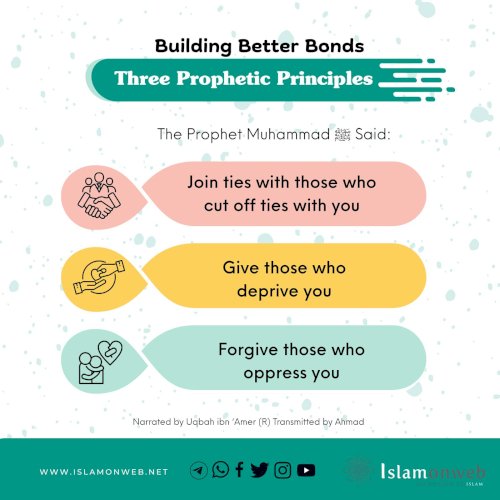
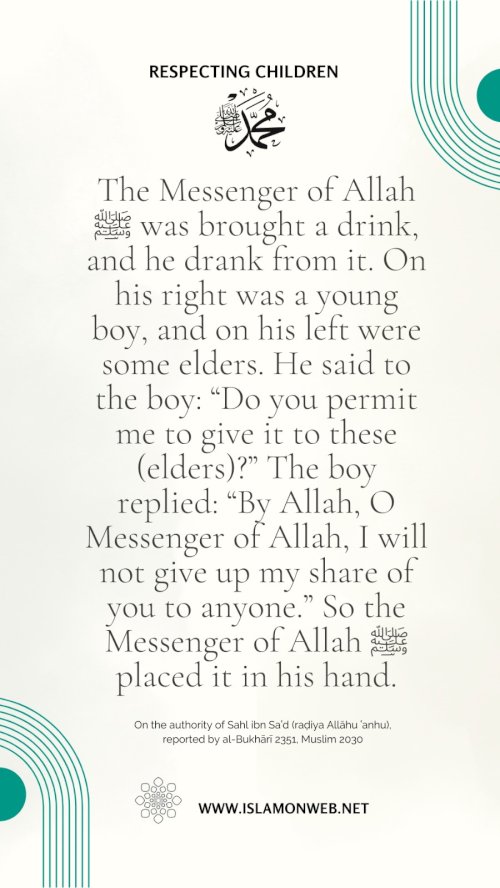
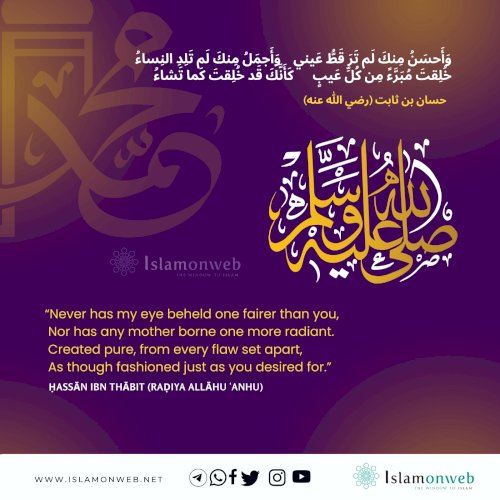

Leave A Comment